So yes, there is a school of thought that teaching should be more prioritized on the cv for some positions. Yes, you read that right;
 How to Write a Student CV RateMyPlacement Blog
How to Write a Student CV RateMyPlacement Blog
When should you use a chronological cv?

Should a cv be in chronological order. You don’t necessarily have to list your previous jobs in chronological order! It might include a resume objective or career summary before the list of work experiences. A chronological resume is a resume format that lists your work history in order of when you held each position, with your most recent job listed at the top of the section (i.e.
How to list information in reverse chronological order. This traditional format is best suited to professionals with a formal history of work experience. This format is better suited to individuals who've recently started working.
The chronological cv is a frequently used cv format and one that you are likely to be familiar with. This is the cv format that is most commonly used by job hunters, it clearly lists your personal details work experience and academic qualifications in reverse chronological order. If you have some relevant work experience in the area of employment, or sector, you wish to enter.
The chronological or performance cv is the most widely recognised and commonly used cv. What are the advantages and disadvantages of the chronological cv ? How to layout a cv chronological order.
This type of cv lists your employment details and working experience in reverse chronological order, with your recent experience presented first, and usually on the first page. But for tenure track applications, even at slacs, you want your research to go first. The chronological resume is the most used out there, it’s the employer’s favorite as it is very easy to read and it’s hard to hide anything in it.
The reverse chronological resume is the most common. The chronological resume is the most commonly used resume format in 2021, and is ideal for most job seekers because it presents qualifications in a. In a recent reed survey, over half of recruiters selected “a logical order for presentation” as the most important thing to consider on a cv.
As we noted, the chronological order is just one format. This traditional format is best suited to professionals with a formal history of work experience. Well, a chronological resume does that by listing your work and other experiences in reverse chronological order, meaning your most recent jobs are at the top of your resume and your least recent jobs are down below.
Susanne christian, careers adviser posted. Here are some general cv formatting guidelines, shown in order of how they would normally appear on a cv: Here they are, complete with reasons why you should choose them and in what order the content should be in your resume.
At the top of every cv, you should include your name, the title curriculum vitae, and your contact information (this could include your current address, your permanent address, your telephone numbers, your fax number. Curriculum vitae publications and presentations • two views on which way to list first (most recent or in order of publication, generally in order of publication so you just add on • always bold your name in authorship • you may include submitted and/or pending publications and/or presentations A chronological cv which is also sometimes known as a performance cv is a effective way of marketing yourself to potential employers because it highlights your career.
The key difference between a chronological resume and other formats is how you structure your experience section. It highlights employment history, which should appear near the top of the first page, and lists job titles and companies in reverse chronological order. Formatting your cv is necessary to make your document clear, professional and easy to read.
When listing prior work history as part of your resume, you should be including the month and year of which you were employed by that organization. (this is why it’s sometimes called a reverse chronological resume—because that more accurately explains what’s going on.) Should a cv be in chronological order?
If you’re still not 100% clear on what chronological order on a resume looks like, here is an example work history section from a chronological resume: In this format, you will list your most recent experience first. Once you have your information blocks with month and year, you can organize them by their dates in reverse chronological order.
Presented in reverse chronological order, this type of cv is one of the most common and is sometimes referred to as a traditional cv. These types of cvs are more. What is a chronological cv?
It should list previous employers and job roles in detail and in chronological (date) order. And here’s the order of cv sections you should follow to create a professional cv in three different scenarios: To help you create a compelling cv, consider the following background information and examples.
Order of sections for a standard cv. This is the most commonly used format, and lists all employment and education in chronological order. The good news is that the chronological resume format is but one of three resume formats you can use.
What is cv in reverse chronological format? What is a chronological resume? Aim to use bullet points wherever possible to highlight your responsibilities and achievements in each role so the person scanning your cv can.
What is a chronological cv? If you wish to adjust the order and put teaching a bit higher in the cv for adjunct teaching positions, it’s not the end of the world, go ahead. When you are writing the details of each experience, you should reference the job descriptions that interest you to see which keywords employers are using.
However, once you’ve chosen a starting point for your resume work history, you should list those positions in reverse chronological order as described above. However, if you are young then it could focus too much on your age. It should list previous employers and job roles in detail and in chronological (date) order.
Jo smith 54 long street, anytown, xp9 8jq jpsmith99@gmail.com 07777888999 A chronological resume lists your work history in order of date, with the most recent position at the top. This is the most common type of cv that you will probably be familiar with.
It’s important to get the facts straight when you’re listing your work experience so that the employer won’t think that you’re lying. There are three cv format options to choose from: Employers have become familiar with it and therefore it makes it quicker for them to scan and read the document.
Your employment and work experience is usually on the front page, listed in reverse chronological order (most recent experience first).
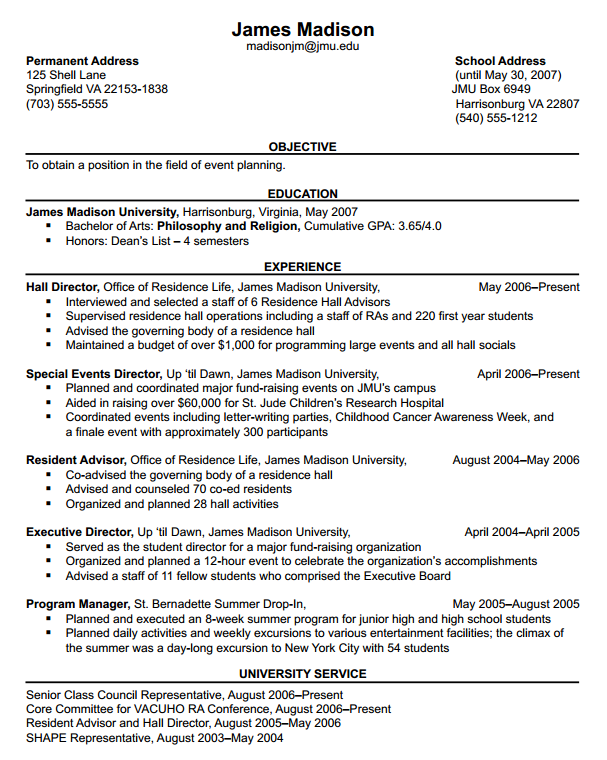 James Madison University Choosing a Résumé Format
James Madison University Choosing a Résumé Format
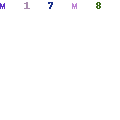 Reverse Chronological Resume IPASPHOTO
Reverse Chronological Resume IPASPHOTO
 Latest Resume Format 2019 Templates 20 Examples
Latest Resume Format 2019 Templates 20 Examples
 Web designer resume is a main key to be accepted as a web
Web designer resume is a main key to be accepted as a web
 Should a resume be in reverse chronological order
Should a resume be in reverse chronological order
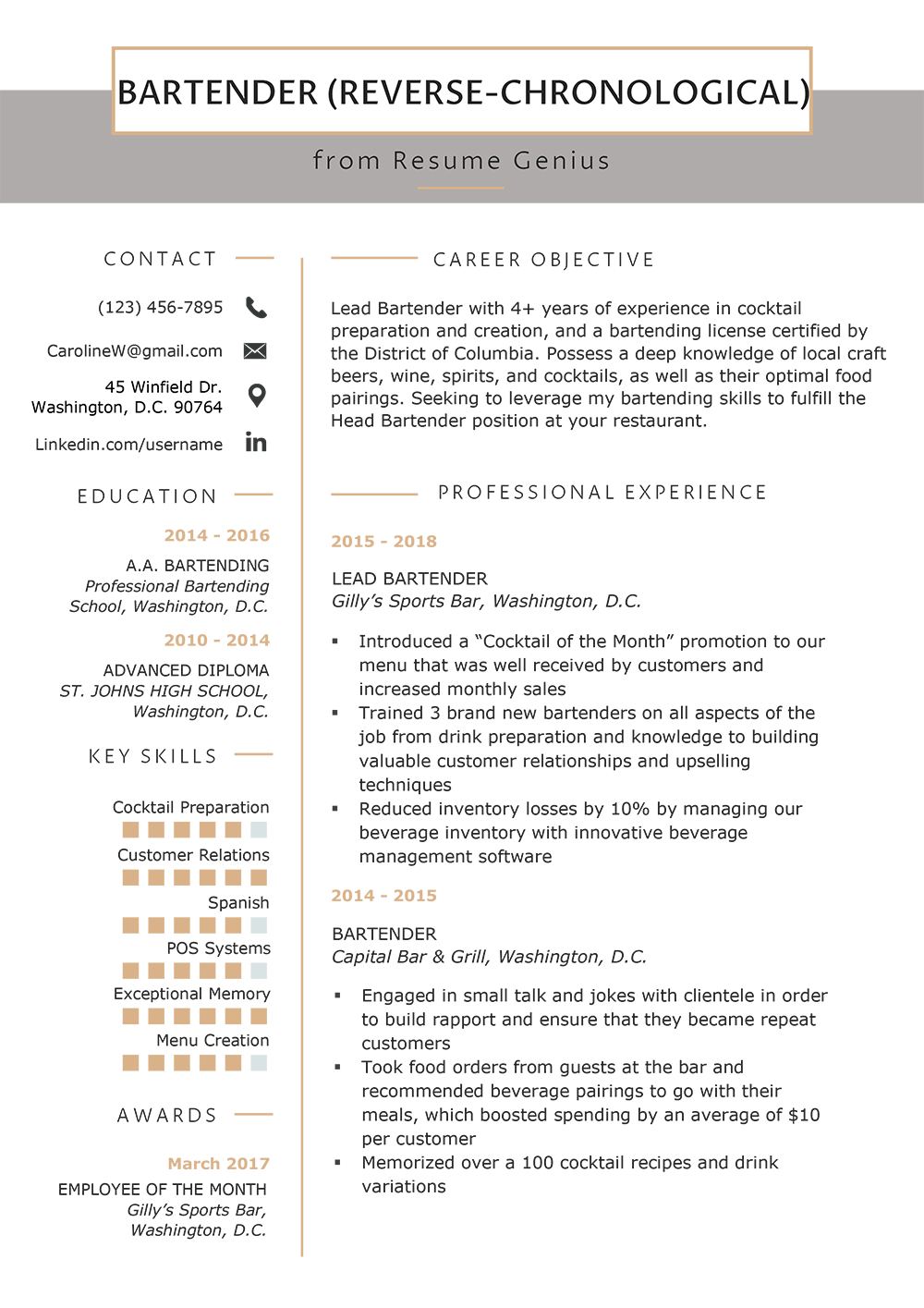 Resume Format Best Resume Formats for 2019 3+ Proper
Resume Format Best Resume Formats for 2019 3+ Proper
 The Best Chronological Resume Format 2019 ⋆ Best Resume 2019
The Best Chronological Resume Format 2019 ⋆ Best Resume 2019
 1213 chronological order on resume
1213 chronological order on resume
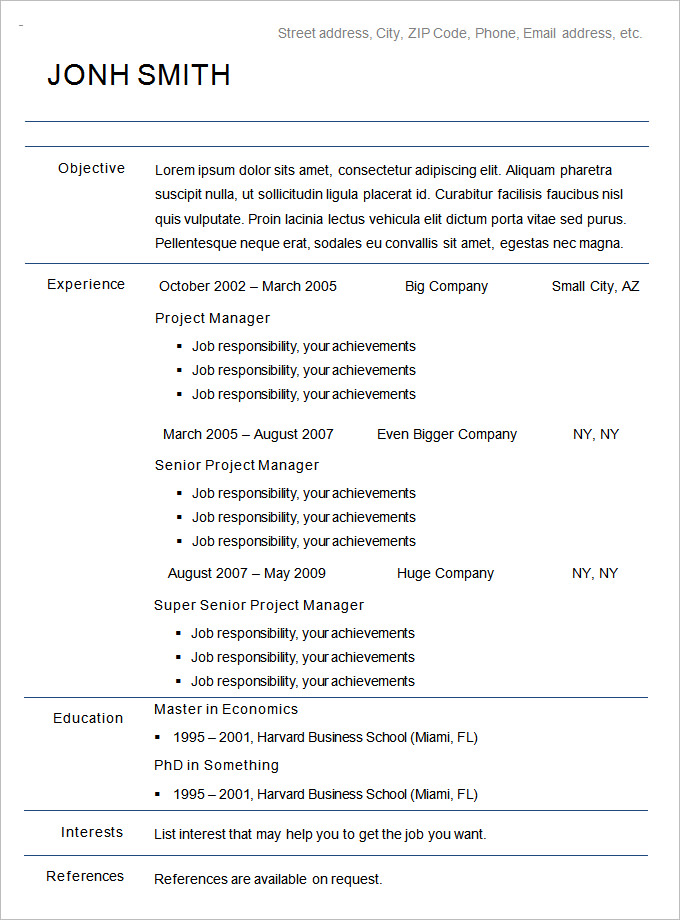 What Chronological Resume Template Is and How to Write
What Chronological Resume Template Is and How to Write
 How to Write a Chronological Resume (with Sample Resume)
How to Write a Chronological Resume (with Sample Resume)
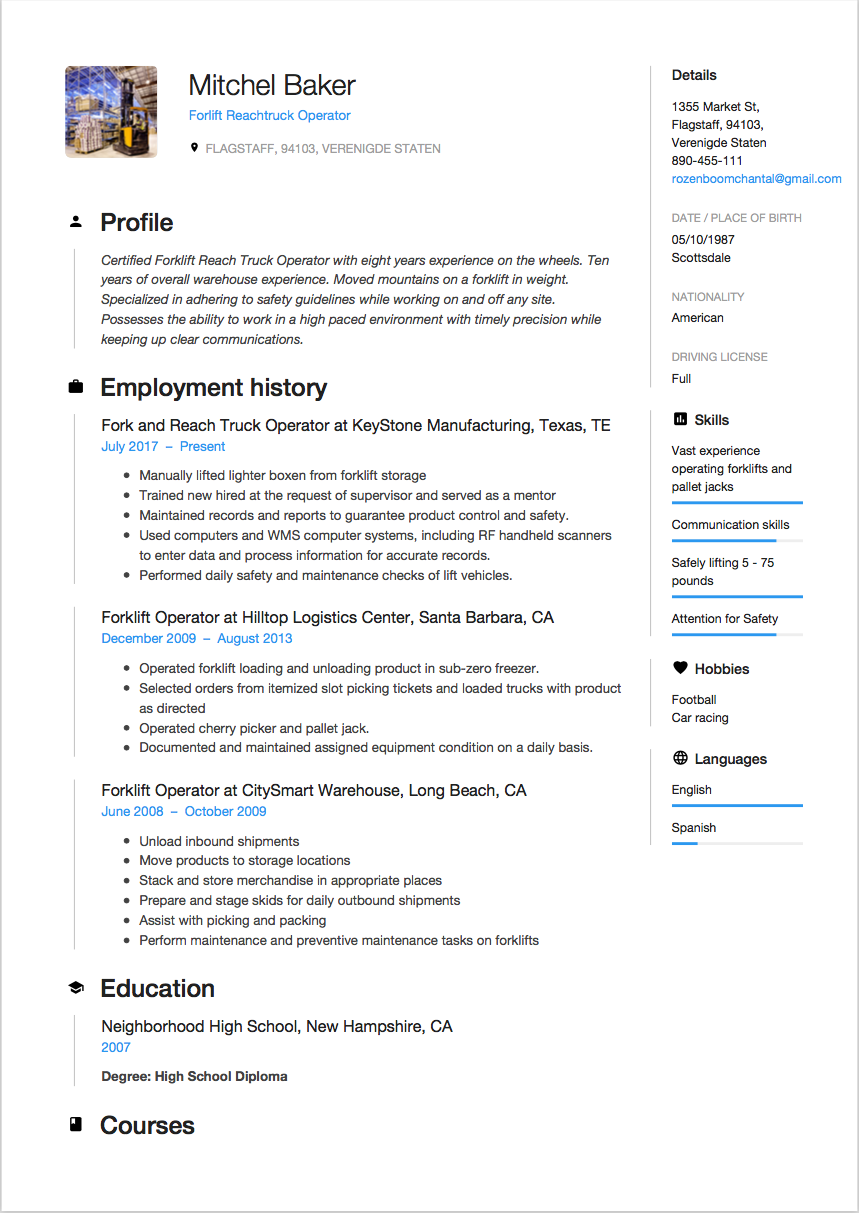 Resume Formats Chronological, Functional, & Combo 2020
Resume Formats Chronological, Functional, & Combo 2020
 DO Use a reverse chronological order resume format to
DO Use a reverse chronological order resume format to
 What Resume Template to Choose in 2019 ⋆ Best Resume 2019
What Resume Template to Choose in 2019 ⋆ Best Resume 2019
 Data Entry Clerk Resume Sample Word format
Data Entry Clerk Resume Sample Word format
 Reverse Chronological Order on a Resume Explained [2020
Reverse Chronological Order on a Resume Explained [2020
 Chronological Resume Format 2017
Chronological Resume Format 2017
 Jobfox resume writing service reviews. View this template
Jobfox resume writing service reviews. View this template
 FREE 9+ Sample Chronological Resume Templates in MS Word PDF
FREE 9+ Sample Chronological Resume Templates in MS Word PDF
